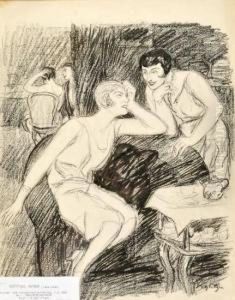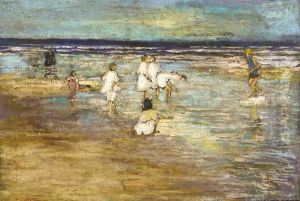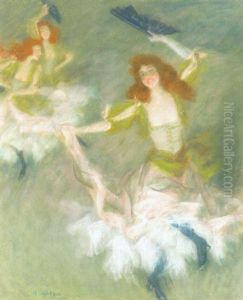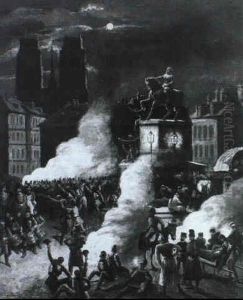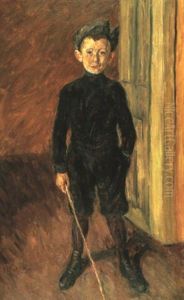Hermann Schlittgen Paintings
Hermann Schlittgen was a German painter and illustrator born in 1859. He is best known for his works that depict scenes of rural life, landscapes, and genre scenes from the late 19th and early 20th centuries. Schlittgen was part of the naturalistic art movement, which sought to represent subject matter truthfully, without artificiality and avoiding artistic conventions, as well as implausible, exotic, and supernatural elements.
Schlittgen studied art at the Academy of Fine Arts in Munich, which at the time was a prominent art school attracting many aspiring artists from across Europe. His education there would have exposed him to the various currents of artistic thought and technique that were prevalent in Europe during the late 1800s. After completing his studies, he worked as an illustrator and painter, contributing to magazines and creating works for public and private collections.
His illustrations often appeared in popular periodicals of the time, and his paintings were exhibited in various German cities. Schlittgen's work was characterized by a keen observation of everyday life, often capturing the simple joys and struggles of rural existence. His style was detailed and realistic, with a softness and warmth that made his paintings highly approachable and relatable.
Hermann Schlittgen's career spanned a period of significant change in the art world, including the rise of modernist movements. However, he remained largely traditional in his approach, maintaining a focus on naturalism throughout his life. Schlittgen died in 1930, leaving behind a body of work that offers a window into the rural and domestic life of his time, preserving the imagery of an era that was rapidly modernizing and changing.
